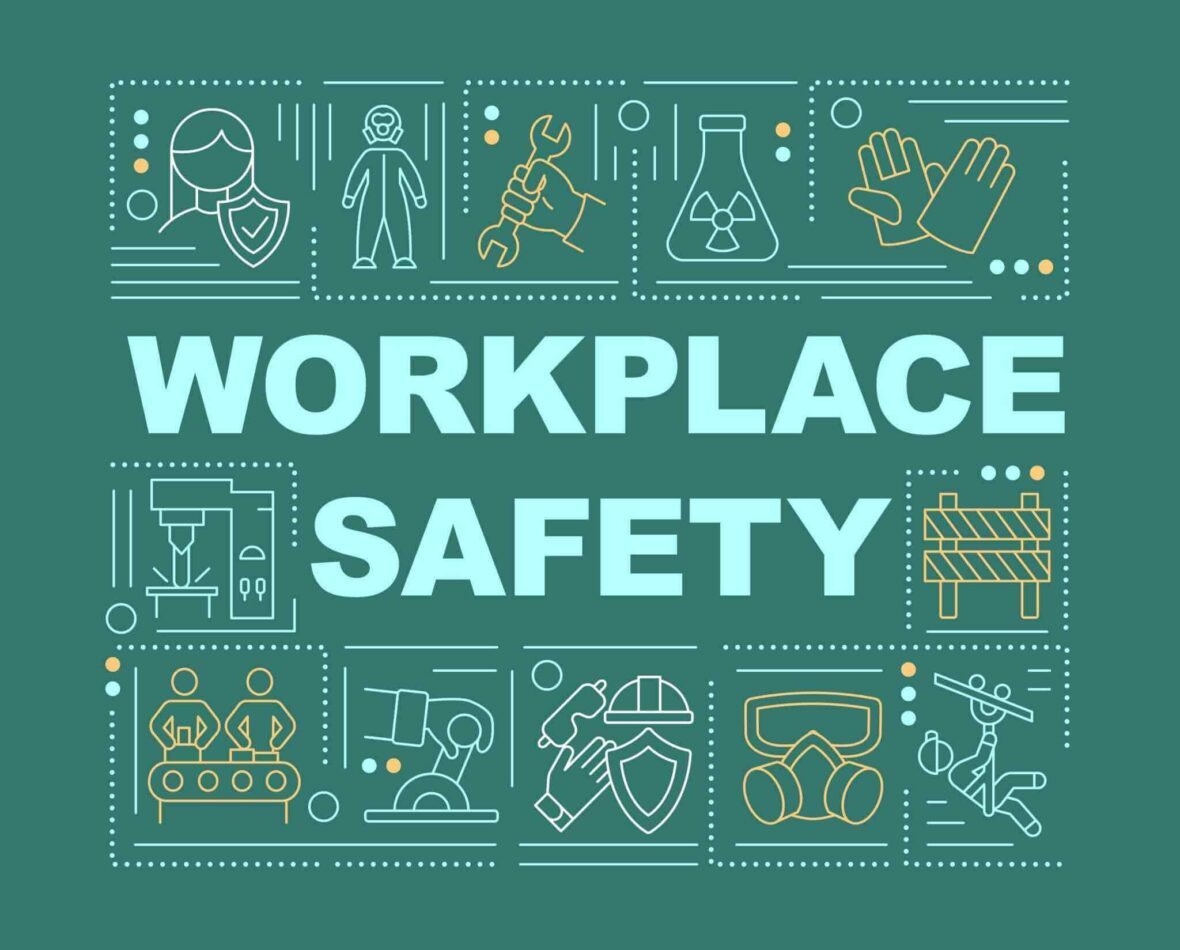Occupational Health and Safety (OHS) plays a vital role in ensuring the well-being of workers in Australia. The country has a comprehensive OHS framework focused on preventing work-related injuries, illnesses, and accidents. Australia’s OHS scenario is governed by stringent regulations and standards enforced by regulatory bodies such as Safe Work Australia.
Employers are legally obligated to provide a safe and healthy work environment, implement risk management strategies, and actively engage employees in safety initiatives. Implementing the OHS system can significantly improve workplace safety, enhance compliance with Australian regulations, and protect the well-being of employees. However, getting started with OHS can be a daunting task.
This article will provide valuable tips to help Australian organisations implement and utilize OHS software for optimal safety outcomes.
Contents
- 1. Assess Your Organisation’s Needs And Objectives
- 2. Engage Key Stakeholders
- 3. Choose A User-Friendly Solution
- 4. Customise To Fit Your Processes
- 5. Implement Effective Training Programs
- 6. Encourage Employee Engagement
- 7. Monitor And Evaluate Performance
- 8. Stay Updated With Regulatory Changes
- 9. Foster A Culture Of Continuous Improvement
- 10. Regularly Review And Update Policies And Procedures
1. Assess Your Organisation’s Needs And Objectives
Before selecting an OHS software Australia, assessing your organisation’s specific needs and objectives is essential. Identify the pain points and challenges in your current safety management processes. Determine the particular features and functionalities required to address these challenges effectively.
This initial assessment will guide you in selecting your organisation’s most suitable OHS software solution.
2. Engage Key Stakeholders
Involving stakeholders from various levels and departments within your organisation is crucial. Engage representatives from management, safety officers, employees, and IT departments. Solicit their input and involve them in the decision-making process. This collaborative approach ensures that the selected OHS software aligns with the needs and expectations of all stakeholders, increasing adoption and overall success.
3. Choose A User-Friendly Solution
When selecting OHS software, prioritise user-friendliness and ease of use. The software should have an intuitive interface, simple navigation, and clear instructions. Training employees on complex software can be time-consuming and hinder adoption. Opting for a user-friendly solution minimises the learning curve and encourages active engagement from all users.
4. Customise To Fit Your Processes
Every organisation has unique safety management processes. Look for software that offers customisation options to align with your specific workflows. The software should allow you to adapt forms, checklists, and incident reporting templates to reflect your organisation’s terminology and processes. This flexibility ensures the software integrates seamlessly into your existing safety management practices.
5. Implement Effective Training Programs
Proper training is essential to ensure employees understand how to use the software effectively. Develop comprehensive training programs covering all software aspects, from basic functionalities to advanced features. Offer initial training during implementation and ongoing training as updates and enhancements are introduced. Training can be conducted through in-person sessions, webinars, online tutorials, or a combination of methods.
6. Encourage Employee Engagement
Encourage active involvement and engagement with the software. Emphasise the benefits of the software in improving workplace safety, streamlining processes, and facilitating incident reporting. Provide opportunities for employees to provide feedback and suggestions for continuous improvement. This sense of ownership and engagement creates a safety culture where employees actively participate in the success of the OHS software implementation.
7. Monitor And Evaluate Performance
Regularly monitor and evaluate the performance of the software to ensure its effectiveness in meeting your organisation’s safety objectives. Set key performance indicators (KPIs) that align with your safety goals and track them using the software’s reporting and analytics features. Regularly review these metrics and use the insights gained to identify areas for improvement and take proactive measures to enhance workplace safety.
8. Stay Updated With Regulatory Changes
Australian safety regulations are subject to change, so staying informed and adapting your system is crucial. Regularly review the software’s compliance with the latest regulations and update the system as needed. Engage with industry associations and regulatory bodies to stay updated on any changes or new requirements that may impact your safety management processes.
9. Foster A Culture Of Continuous Improvement

OHS software implementation is not a one-time endeavor but a continuous journey toward improving workplace safety. Foster a culture of continuous improvement by encouraging employees to provide feedback, report near-misses, and suggest safety enhancements through the OHS software.
Regularly review incident data, analyze trends, and identify areas for improvement. Implement corrective actions promptly and track their progress using the software’s capabilities. This proactive approach ensures that your organisation consistently strives for higher safety standards.
10. Regularly Review And Update Policies And Procedures
As you implement OHS Software Australia, it is essential to review and update your organisation’s safety policies and procedures to align with the capabilities and functionalities of the software.
Ensure that your documented policies reflect the new workflows, reporting procedures, and incident management processes facilitated by the OHS software. Communicate these updates to all employees and provide them with the necessary resources to understand and adhere to the revised policies.
Conclusion
Implementing OHS software in Australia is a strategic move that enables organisations to enhance workplace safety, improve compliance with regulations, and protect the well-being of employees.
By following these tips and best practices, Australian organisations can effectively get started with OHS software implementation.




